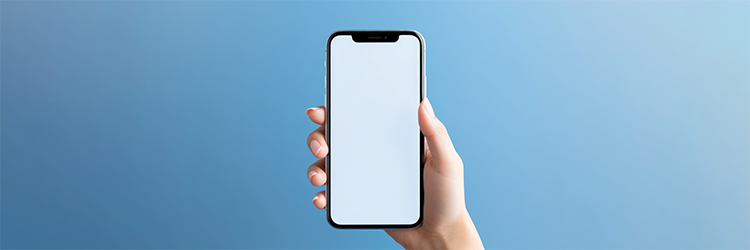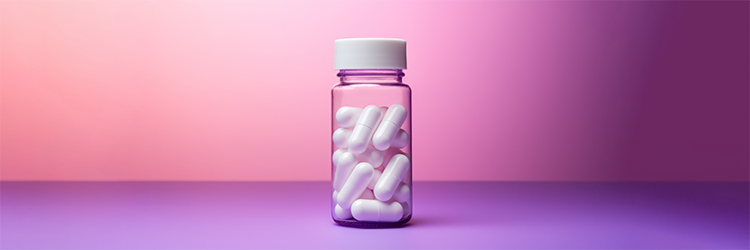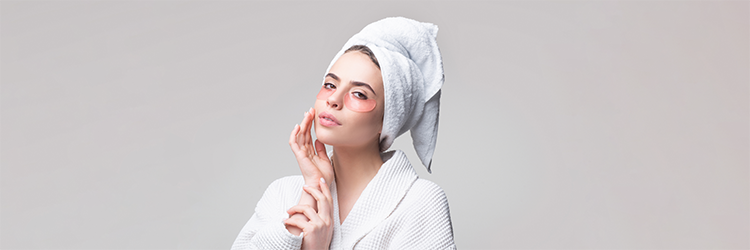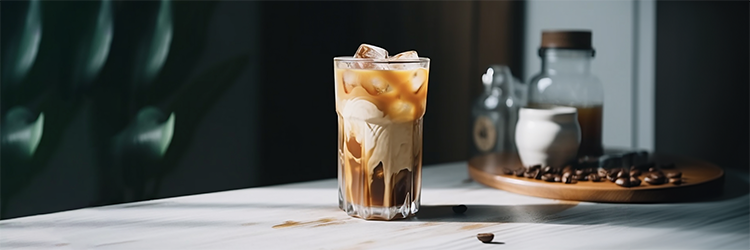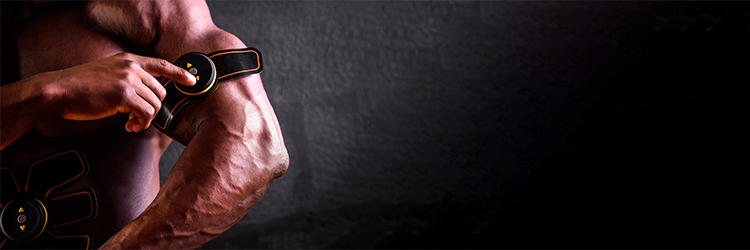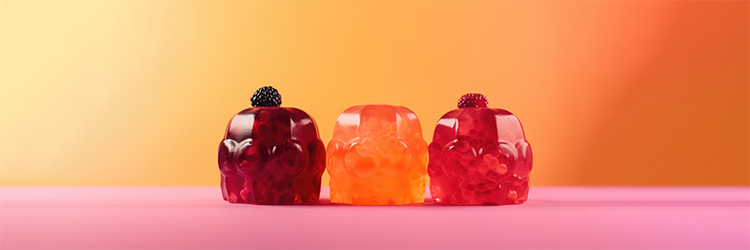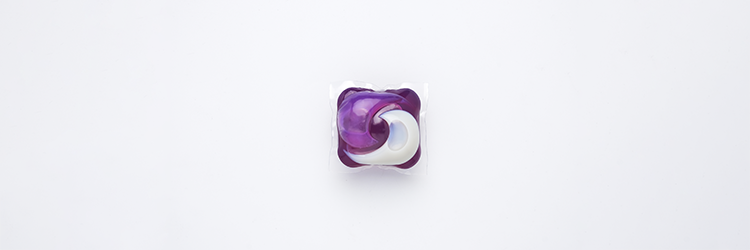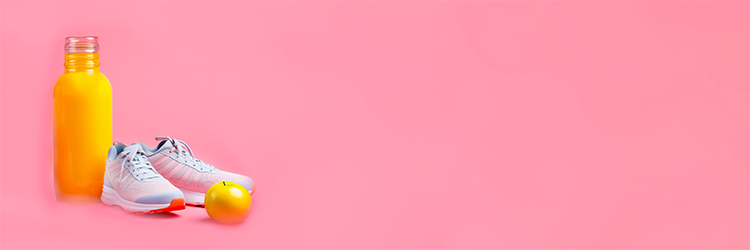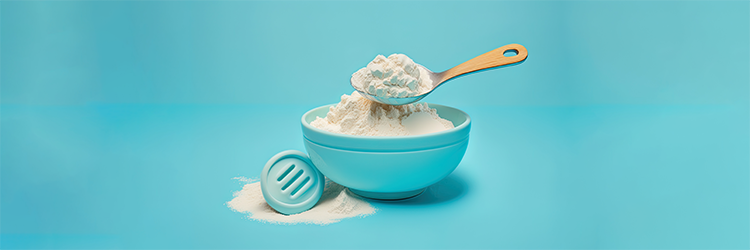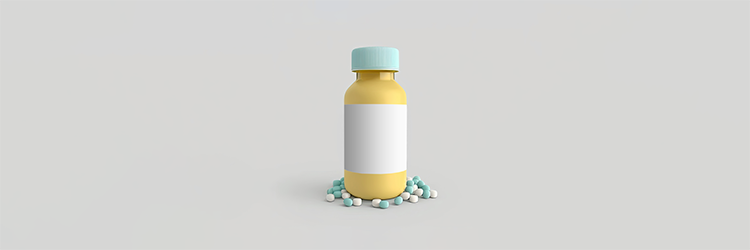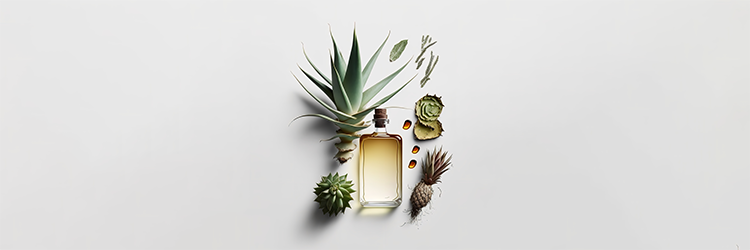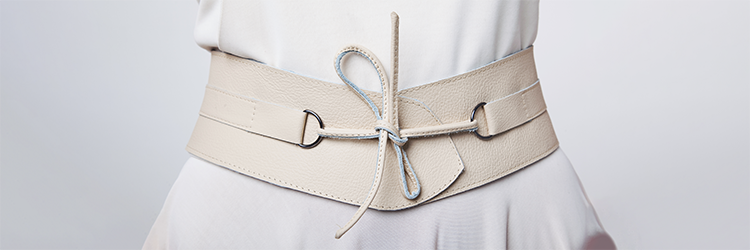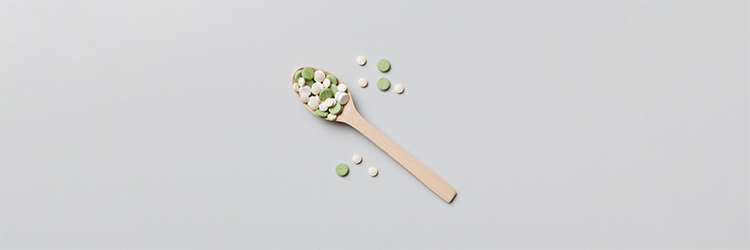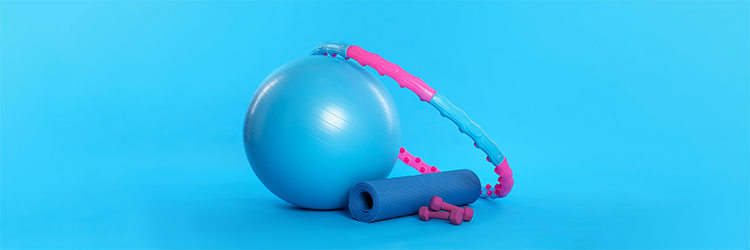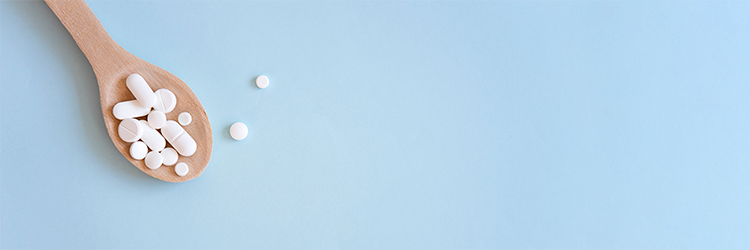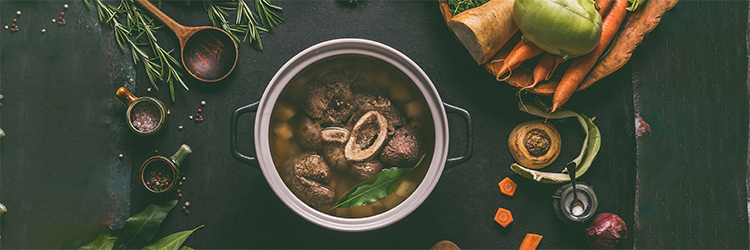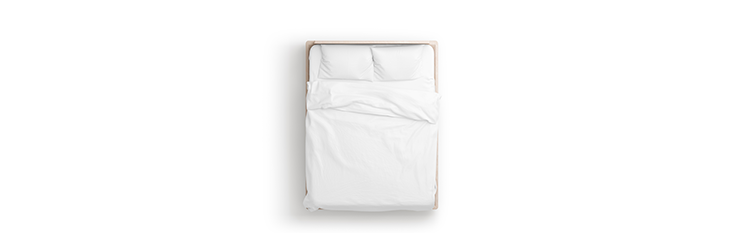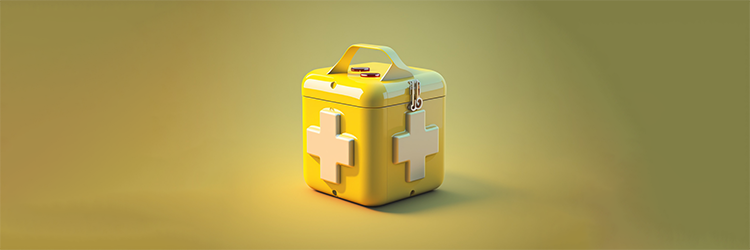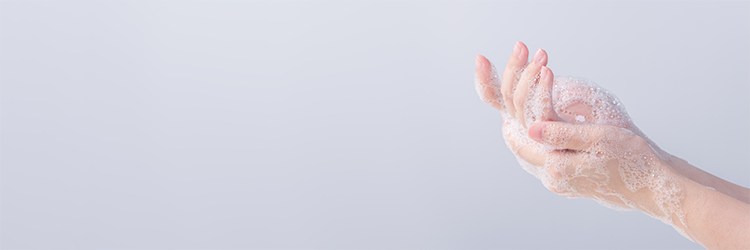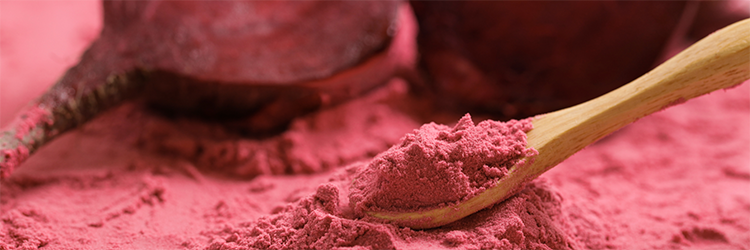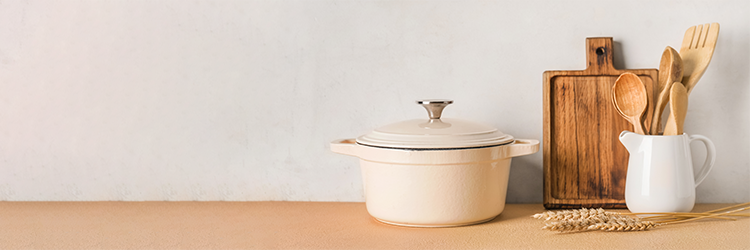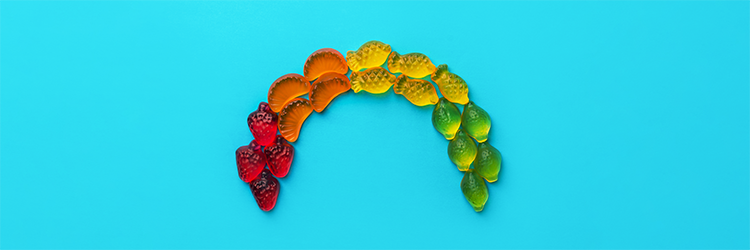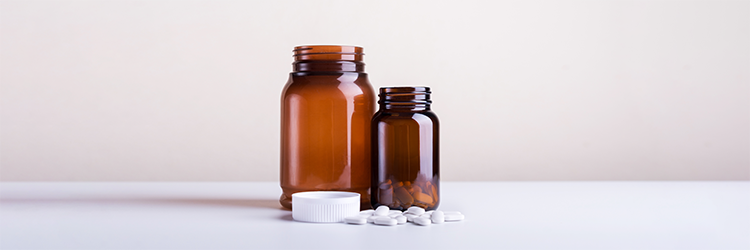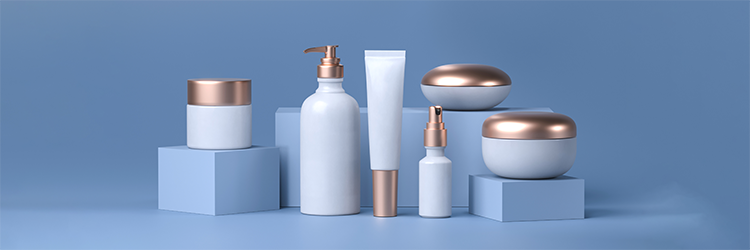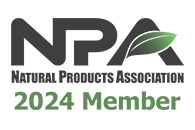
Tula is a cosmetics brand with an interesting premise: that topically-applied probiotics can improve skin quality. The company's founder is a dermatologist named Dr. Roshini Raj, and the Tula website describes probiotic extracts as a "breakthrough innovation in skincare."
But do topical probiotics really improve skin quality, or is this just a marketing claim? Does the brand use any questionable additive ingredients? Why was Tula sued over one of its probiotic claims? And how do real Tula Skincare users rate and describe the effects of the products?
In this article we’ll answer all of these questions and more, as we review clinical studies to give our take on whether or not Tula products are likely to be effective, and whether or not they're healthy.
We'll analyze three of Tula's most popular products: Glow & Get It (their eye balm), Protect & Glow (their sunscreen) and Hydrating Day & Night Cream (their moisturizer).
We'll also share customer reviews, explain why Tula was sued over one of its marketing claims, and provide a cost comparison to show which retailer sells Tula for the best price.
Tula Eye Balm Review

The ingredients in Glow & Get It, Tula's eye balm, are shown above.
Caffeine was shown to protect skin from damage to the sun in a published in the British Journal of Dermatology.
This is especially important for an eye balm, because skin around the eyes is the thinnest skin on the face, and consequently the most prone to damage.
Hyaluronic acid is clinically shown to have an anti-aging effect, as we documented in our VouPre reviews article on another anti-aging brand.
This eye balm also contains two inactive ingredients that we consider to be questionable from a health perspective.
Blue 1 was shown in a 2012 to cause hypersensitivity reactions in some individuals.
Yellow 5 was shown in the above-linked medical review to be contaminated with carcinogens (cancer-causing compounds), to cause hypersensitivity reactions, and to be genotoxic (damaging to DNA).
Phenoxyethanol is a synthetic preservative that was shown in a 2020 to be toxic to human cells.
Overall, we consider Glow & Get It likely to have an anti-aging effect, but we don't currently recommend this product due to the inactive ingredients discussed above.
A YouTube creator named Kat Decker reviewed Tula Rose Glow & Get It:
Tula Sunscreen Review

The active ingredients in Tula Protect & Glow (one of the brand's most popular sunscreens) are shown above
This is a "chemical" rather than a "physical" sunscreen, and we discussed why we prefer physical sunscreens in our Elta MD sunscreen review article.
Chemical sunscreens are absorbed into the bloodstream and some of the most commonly-used chemical sunscreen ingredients may have negative effects to human health.
Avobenzone was shown in a 2019 to cause obesity-inducing changes to human cells. The linked study concluded that avobenzone “functions as a metabolic disrupting obesogen.”
Homosalate was shown in a published in the Journal of Cosmetic Dermatology to be cytotoxic (toxic to living cells), genotoxic (damaging to the genetic information in cells) and to accumulate in living ecosystems, which suggests it's harmful to the environment.
Octisalate may cause allergic skin reactions in some individuals according to a 2010 .
Overall, we consider Tula Protect & Glow likely to be effective for its intended purpose, because the active ingredients are effective at protecting skin from sun damage.
However, we don't currently recommend this product due to the health concerns outlined above.
This formulation also contains inactive ingredients like phenoxyethanol that we generally recommend avoiding.
A YouTube creator named "AriTheEsthetician" reviewed Tula's sunscreen:
Tula Moisturizing Cream Review

The ingredients in Tula Hydrating Day & Night Cream, which is a moisturizing cream, are shown above.
The brand claims this product can provide “all day hydration” and “revive the appearance of dull and tired skin.”
Bifida ferment lysate is the probiotic ingredient.
The only we could find on this ingredient showed it to help heal reactive skin at a concentration of 10%.
Tula fails to publish the concentration of this ingredient on their ingredient list at the time of updating this article.
We can't find any medical evidence that this probiotic extract is hydrating to skin or reduces the appearance of lines and wrinkles, nor does Tula cite any on their product page.
There’s also the extremely confusing statement shown in the ingredient image above that this product “does not contain live cultures.”
Probiotics, definitionally, are live cultures. So Tula is marketing their Hydrating Day & Night cream as a probiotic cream, listing multiple probiotic ingredients in the full ingredient list, but also noting that there are no live probiotics in the formulation.
We urge the brand to clarify their marketing statements about probiotics, in light of this disclaimer.
There are two active ingredients in this formulation we consider particularly likely to be effective.
Chicory root extract was shown in a published in the Journal of Dermatological Treatment to beneficially restructure the skin.
Turmeric root extract was shown in a 2016 to be especially effective for individuals with skin conditions, likely due to its anti-inflammatory effect. The researchers noted “early evidence” of “therapeutic benefits for skin health.”
This moisturizing cream also has some questionable filler ingredients.
Fragrance may be unhealthy and irritating to the skin, as we discussed in our Green Mask Stick reviews article.
Butylphenyl methylpropional, also known as lilial, is a synthetic fragrance ingredient that has been shown to be toxic to mitochondria (a part of human cells) in a 2013 .
This ingredient was banned in the EU in 2022 due to toxicity concerns.
Overall, we consider Tula Hydrating Day & Night Cream likely to support optimal skin health and appearance, but we don't currently recommend this product due to the fragrance ingredients discussed above.
Why Was Tula Sued?
In 2021, Tula settled a class-action lawsuit for $5 million according to Top Class Actions.
The plaintiffs alleged that they were misled by Tula because Tula products were advertised as containing probiotics but may not include live cultures. This is the same discrepancy that we highlighted in our review of Tula Hydrating Day & Night Cream in this article.
What's strange to us is that this information is still live on the Tula website at the time of updating this article.
We consider this to be a red flag about the brand.
Our Clean Skincare PicksWe receive compensation when readers purchase the products or services we recommend.

There are skincare products containing ingredients shown in clinical trials to be effective for reducing wrinkles and improving skin quality.
Annie Mak Vitamin C Serum is our top anti-aging serum.
It contains hyaluronic acid which was described as a "skin-rejuvenating biomedicine" in a due to its ability to reduce wrinkles and signs of facial aging.
Ritual HyaCera is our top skin supplement.
It contains wheat oil extract which is to "improve skin damages induced by aging."
Both of the products recommended in this section are entirely free of ingredients that we consider to be unhealthy.
Real Customers Review Tula
Amazon is a better resource for honest customer reviews than a brand's website in our opinion.
Tula's Eye Balm is the brand's most-reviewed product on Amazon at the time of updating this article, with over 13,000 reviews and an average review rating of 4.4 out of 5 stars.
The top positive review from a verified purchaser comes from a user named "J. Wood" who gives the product a 5/5 star rating, and likes the aesthetic effects:
"It creates the slightest glimmer and the texture it creates when it touches your skin is delicious… simply amazing. It’s smoothes, it cools and it stays perfect until you take it off"
The top negative review from a verified purchaser is written by a user named "Cbrown" who gives the product a 1/5 star rating, and claims it worsened wrinkles:
"I’m going to give it a couple more days first day I got it put it on and my fine line stood out more than they did. Got up the next morning put it on and my dark circles just popped off my face."
Tula currently has an average review rating of 3.6 out of 5 on Facebook.
Tula Eye Balm currently has an average review rating of 4.3 out of 5 stars on Google.
Where to Get the Best PriceThis section may contain affiliate links. We receive compensation when readers make a purchase using an affiliate link.
Tula skincare products are sold at a variety of online retailers. Here's a price breakdown for a one-time purchase of the three products reviewed in this article, at the time of updating this article:
Tula Eye Balm
Walmart: $42.90 (plus shipping, third-party seller, link)
Website: $38 (plus shipping, link)
Amazon: $38 (free shipping, link to official Amazon listing)
Tula Suncreen
Walmart: $51.45 (free shipping, link)
Website: $38 (plus shipping, link)
Amazon: $34.20 (free shipping, link to official Amazon listing)
Tula Moisturizer
Website: $58 (free shipping, link)
Amazon: $51.80 (free shipping, link to official Amazon listing)
Tula's products are currently around 15-20% cheaper on Amazon than the brand's website for a one-time purchase, when factoring in shipping fees.
Pros and Cons of Tula
Here are the pros and cons of Tula Skincare in our opinion:
Pros:
- Eye Balm should have anti-aging effect
- Sunscreen should protect skin from sun
- Moisturizer should effectively moisturize skin
- Good formulations from efficacy perspective
- Great branding/packaging
- Impressive average Amazon review ratings
- Founded by dermatologist
Cons:
- Some formulations contain artificial dye
- Some formulations contain fragrance
- Some formulations contain "chemical" sunscreen ingredients
- Some formulations contain questionable synthetic preservatives
- Brand's website charges for shipping under $40
- Company settled false ad claims lawsuit














































































